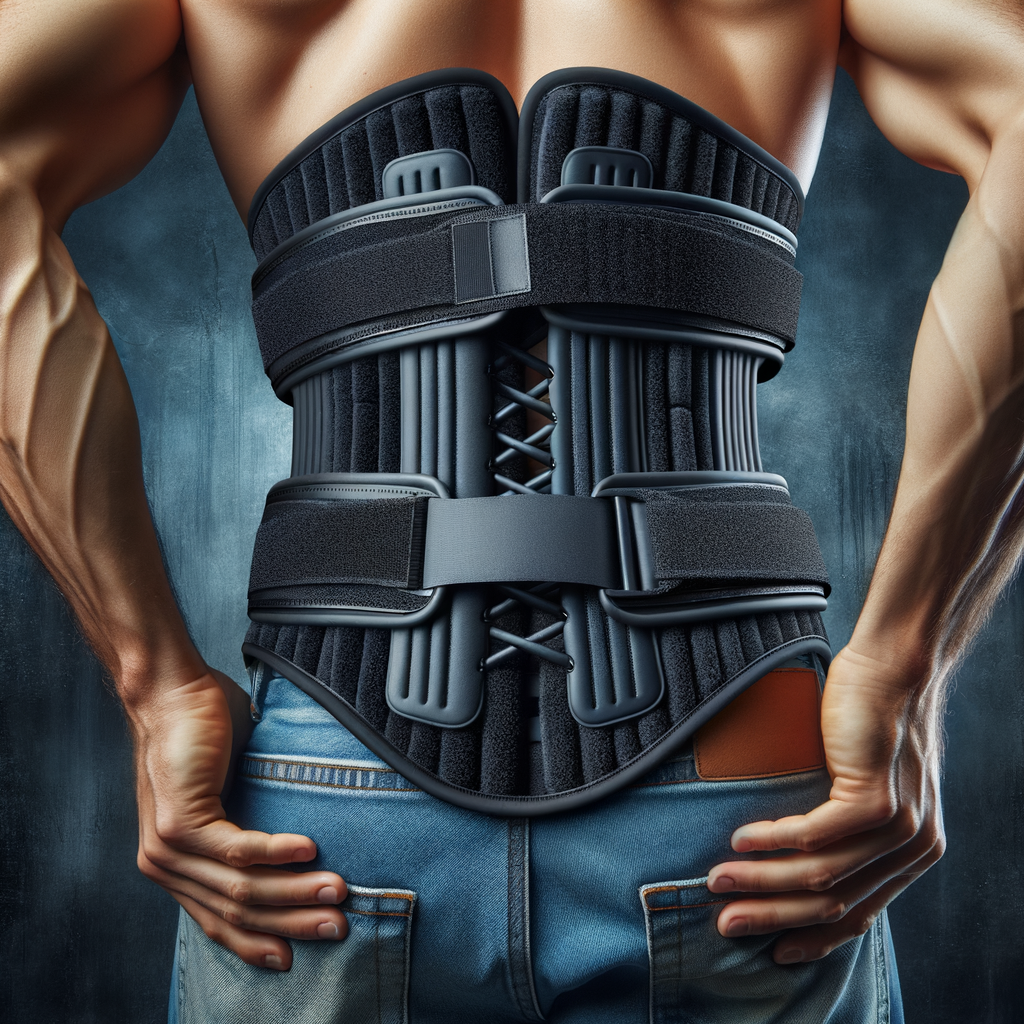Back pain can be debilitating, affecting your daily life and overall quality of living. While there are various methods to address and alleviate back pain, a back pain belt is a popular option for providing support, stability, and relief. However, not all back pain belts are created equal, and choosing the right one is crucial to ensuring effective relief and comfort.
Understanding Back Pain

Causes of Back Pain
Before delving into the world of back pain belts, it’s essential to understand the causes of back pain. Whether it’s due to muscle strain, injury, poor posture, or a medical condition, identifying the root cause of your discomfort is the first step in finding an appropriate solution.
Types of Back Pain
Back pain can manifest in various ways, including acute, chronic, upper, lower, and sciatic pain. Each type may require a different approach and support system, making it important to recognize your specific type of back pain.
The Role of Back Pain Belts
How Back Pain Belts Work
Back pain belts are designed to provide support to the lower back, helping to stabilize the spine and reduce strain on the muscles. They work by gently compressing the affected area, which can help alleviate pain and discomfort.
Who Can Benefit from Back Pain Belts?
Back pain belts are not a one-size-fits-all solution. They can be beneficial for individuals with conditions like herniated discs, muscle spasms, or those recovering from back surgery. However, it’s essential to consult with a healthcare professional to determine if a back pain belt is suitable for your specific condition.
Choosing the Right Back Pain Belt
Consider Your Diagnosis
Before purchasing a back pain belt, consult with your healthcare provider to understand your diagnosis fully. This will help you choose a belt that addresses your specific needs and offers the right level of support.
Material Matters
The material of the back pain belt matters greatly. You should look for belts made from breathable and comfortable materials that won’t irritate your skin. Neoprene and elastic materials are often popular choices.
Size and Fit
A back pain belt that doesn’t fit correctly won’t provide the support you need. Measure your waist size accurately and select a belt that fits snugly but not too tight. Adjustable straps can be a valuable feature to ensure a proper fit.
Additional Features
Some back pain belts come with extra features like heat therapy or lumbar pads. Consider whether these additional features would enhance your comfort and pain relief.
Proper Usage and Care
Putting On a Back Pain Belt
Correct usage is crucial for the effectiveness of your back pain belt. Follow the manufacturer’s instructions carefully when putting on and adjusting the belt to ensure it provides the right support.
Maintenance and Cleaning
Keeping your back pain belt clean is important for hygiene and longevity. Most belts can be hand-washed or wiped down with a damp cloth. Regularly inspect the belt for any signs of wear and tear.
Potential Drawbacks and Precautions
Risks of Incorrect Usage
While back pain belts can be beneficial, using them incorrectly or for extended periods without a healthcare provider’s guidance can lead to muscle weakness or dependency on the belt.
Consultation with a Healthcare Professional
Always consult with a healthcare professional before using a back pain belt, especially if you have underlying medical conditions or concerns. They can provide personalized recommendations and ensure that the belt aligns with your treatment plan.
Alternatives to Back Pain Belts
Physical Therapy
Physical therapy is an effective alternative for many individuals suffering from back pain. A trained therapist can provide tailored exercises and techniques to strengthen your back and alleviate discomfort.
Exercise and Stretching
Regular exercise and stretching can help maintain a healthy back. Incorporate core-strengthening exercises and stretches into your routine to reduce the risk of future back pain.
Lifestyle Changes
Simple lifestyle changes, such as maintaining good posture, lifting objects correctly, and using ergonomic furniture, can go a long way in preventing back pain.
Customer Reviews and Recommendations
Before making your final decision, read customer reviews and seek recommendations from individuals who have used the back pain belt you’re considering. Real-life experiences can provide valuable insights into the belt’s effectiveness and comfort.
Conclusion
In conclusion, choosing the right back pain belt is a critical decision for those seeking relief from back discomfort. By understanding your diagnosis, considering materials, size, and additional features, and following proper usage and care guidelines, you can find a back pain belt that offers the support and relief you need. Always consult with a healthcare professional to ensure it’s the right choice for your specific condition.